Table of Contents
Case Study: Why Would Engine Light Come On in a Mercedes-Benz E-Class W212 (E220 OM651 Engine)
When the check engine light illuminates on a Mercedes-Benz dashboard, it often leaves drivers worried about what could be wrong. For the Mercedes-Benz E-Class W212 (E220 with OM651 diesel engine), this warning light can indicate anything from minor sensor issues to serious exhaust system malfunctions.
In this case study, we explore a real-world situation where the engine light was triggered by a faulty Diesel Particulate Filter (DPF) sensor. We’ll walk through the diagnostic process, systematic troubleshooting, repair steps, and final outcome, highlighting why the check engine light comes on and how to resolve it effectively.
This article is part of our Mercedes Check Engine Light – Complete Troubleshooting Hub, which provides in-depth guides, case studies, and expert repair solutions for Mercedes-Benz owners and technicians.
Customer Complaint
- Vehicle: Mercedes-Benz E-Class W212
- Model: E 220
- Engine: OM651 Diesel
- Problem: Engine warning light illuminated on the dashboard
The customer noticed reduced performance and was concerned about potential emissions system failures.

Why Would the Engine Light Come On?
The engine light in Mercedes vehicles is triggered when the ECU detects abnormal readings from sensors or components related to:
- – Engine management
- – Fuel and air mixture
- – Exhaust gas flow and emissions
In this case, early diagnostics pointed toward the DPF (Diesel Particulate Filter) sensor, a critical part of the emissions control system.
Diagnostic Process
Step 1: Initial Scan with XENTRY
Using the Mercedes-Benz XENTRY diagnostic system, the technician performed a Quick Test.
- – The ME (Motor Electronics) control unit displayed both current and stored fault codes linked to the DPF sensor.
- – Faults suggested either a malfunctioning sensor or a possible exhaust blockage.

Step 2: DPF Sensor Socket Inspection
- – Technician disconnected the DPF sensor socket.
- – Performed a visual inspection for corrosion, loose pins, or dirt build-up.
- – No visible faults were found.

Step 3: Power Supply Voltage Check
- – Using a multimeter, the power supply voltage was measured.
- – Reading: 4.990V → confirmed voltage supply was correct.

Step 4: Signal Line Continuity Test
- – Technician checked wiring continuity on the sensor’s signal line.
- – Reading: 0.3 ohms → indicated intact wiring and no abnormal resistance.
Despite correct voltage and wiring, the fault persisted, confirming the sensor itself was defective.

Repair Process
Step 5: Replacing the Faulty DPF Sensor
- – Removed the faulty DPF sensor.
- – Installed a new OEM-spec sensor compatible with the OM651 engine.
- – Cleared all stored fault codes from the ME control unit using XENTRY.
Step 6: Final Testing and Verification
- – Conducted a test drive under varying load conditions.
- – Monitored the DPF system values and ECU performance.
Result: No new fault codes appeared, and the engine light remained off.
Outcome
- – Problem Identified: Faulty DPF sensor
- – Repair: Replacement with new sensor
- – Result: Engine light off, no further fault codes, and vehicle restored to full performance
The customer left satisfied, reassured that the issue was correctly diagnosed and resolved.
Symptom – Cause – Fix Table
| Symptom | Likely Cause | Recommended Fix |
|---|---|---|
| Engine light on + reduced performance | Faulty DPF sensor | Replace DPF sensor with OEM part |
| Engine light on + stored DPF codes | Blocked exhaust or faulty wiring | Inspect exhaust, check wiring continuity |
| Light returns after clearing codes | Sensor failure | Replace sensor and reset ECU |
| High fuel consumption + CEL | Malfunctioning O₂ or MAP sensor | Test sensors, replace as needed |
Lessons Learned from This Case Study
- 1. Accurate diagnostics are critical – Multiple codes can appear, but only systematic testing identifies the real cause.
- 2. Sensors often fail gradually – While wiring and voltage may check out, the sensor’s internal performance can degrade.
- 3. OEM parts ensure reliability – Installing a genuine or OEM-spec DPF sensor guarantees compatibility and durability.
FAQs : Why Would Engine Light Come On
Q: Why would the check engine light come on in my Mercedes E220 OM651?
Common causes include a faulty DPF sensor, O₂ sensor failure, loose gas cap, MAF issues, or wiring faults.
Q: How do I know if my DPF sensor is faulty?
Symptoms include the engine light on, reduced performance, increased fuel consumption, or DPF-related fault codes stored in the ECU.
Q: Can I keep driving with the engine light on?
If the light is steady, limited driving is possible but diagnosis should be scheduled soon. If flashing, stop immediately to prevent further damage.
Q: How much does it cost to replace a DPF sensor?
Typically ranges from $200–$500, depending on part and labor costs.
Q: Will replacing the DPF sensor turn the engine light off automatically?
Yes, once the faulty sensor is replaced and fault codes cleared, the light should stay off if no other issues are present.
Preventive Measures
- – Perform regular DPF checks to ensure proper regeneration cycles.
- – Use high-quality diesel fuel to minimize soot build-up.
- – Conduct longer drives at highway speeds occasionally to allow full DPF regeneration.
- – Inspect wiring and connectors during routine servicing.
Conclusion
In this Mercedes-Benz E-Class W212 (E220 OM651), the check engine light came on due to a faulty DPF sensor. Despite correct wiring and voltage, the sensor failed internally, requiring replacement. With the new sensor installed, the CEL turned off, confirming the repair.
This case demonstrates why accurate diagnostics and professional repair methods are essential when dealing with Mercedes-Benz engine warnings.
For more case studies and troubleshooting guides, visit our Mercedes Check Engine Light – Complete Troubleshooting Hub.
Author Bio
Written by Mercedes Expert
With years of hands-on experience diagnosing and repairing Mercedes-Benz systems, he brings technical depth and practical case studies to help car owners, technicians, and enthusiasts troubleshoot complex automotive issues. His work focuses on clear repair guides, OEM-level procedures, and knowledge-sharing to empower both professionals and drivers.
Last update: September 2025

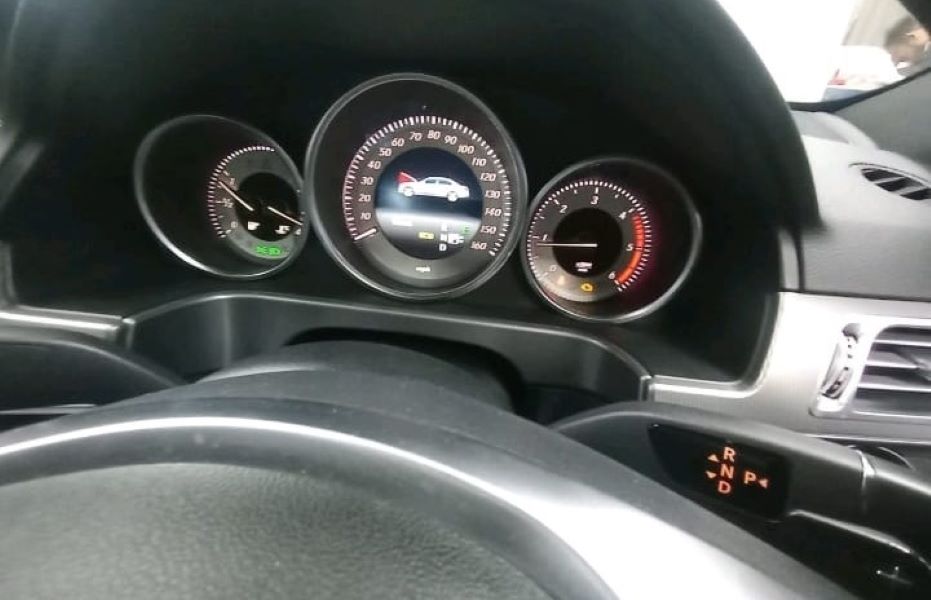
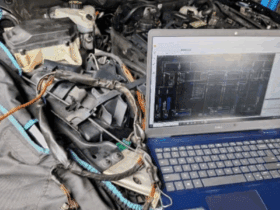
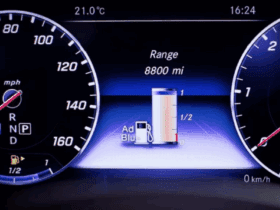
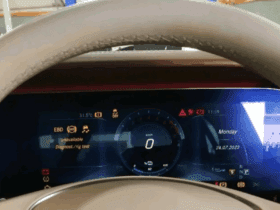
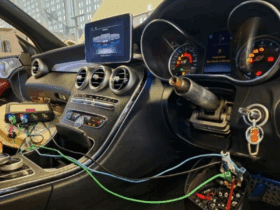
Leave a Reply